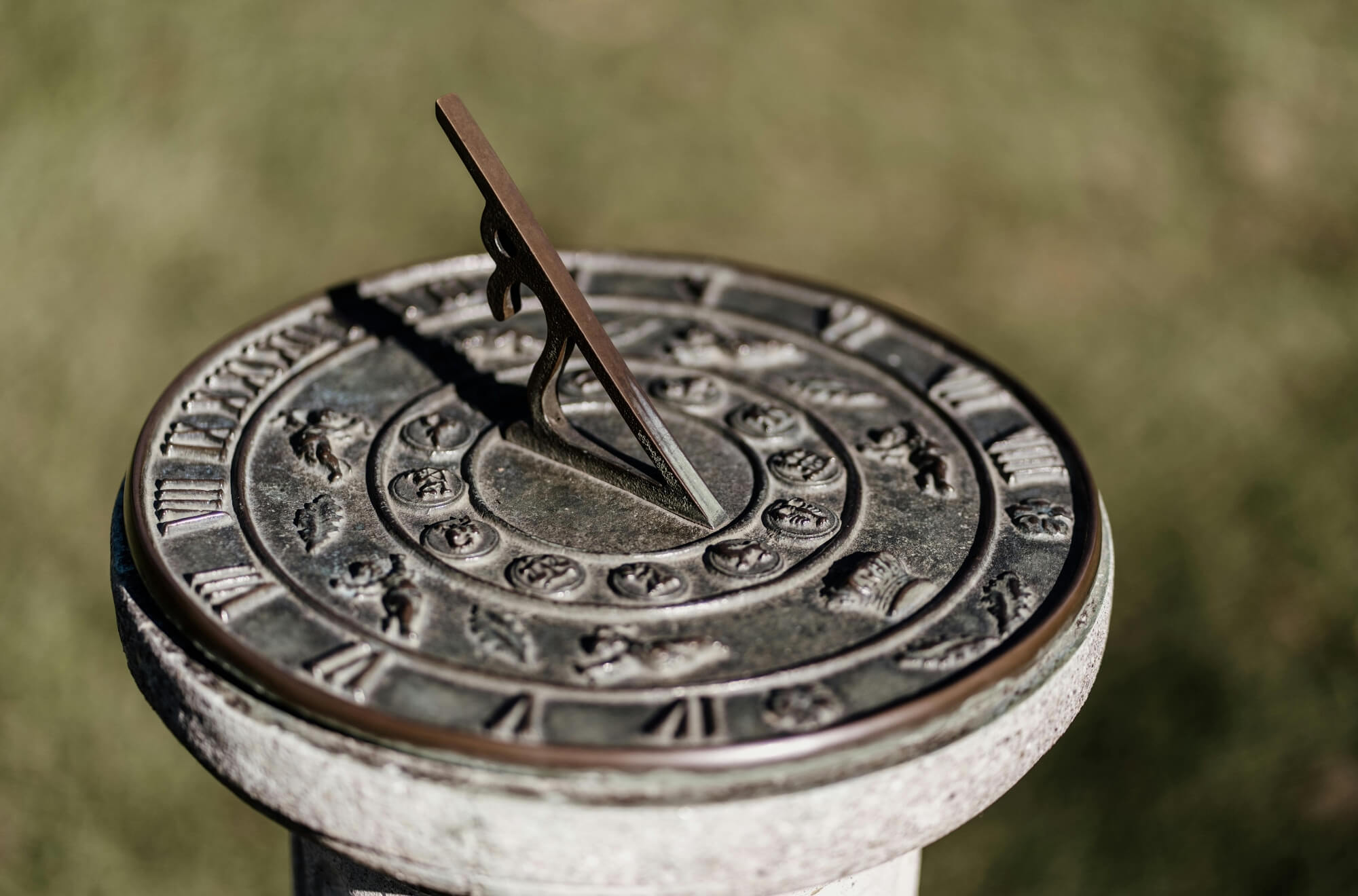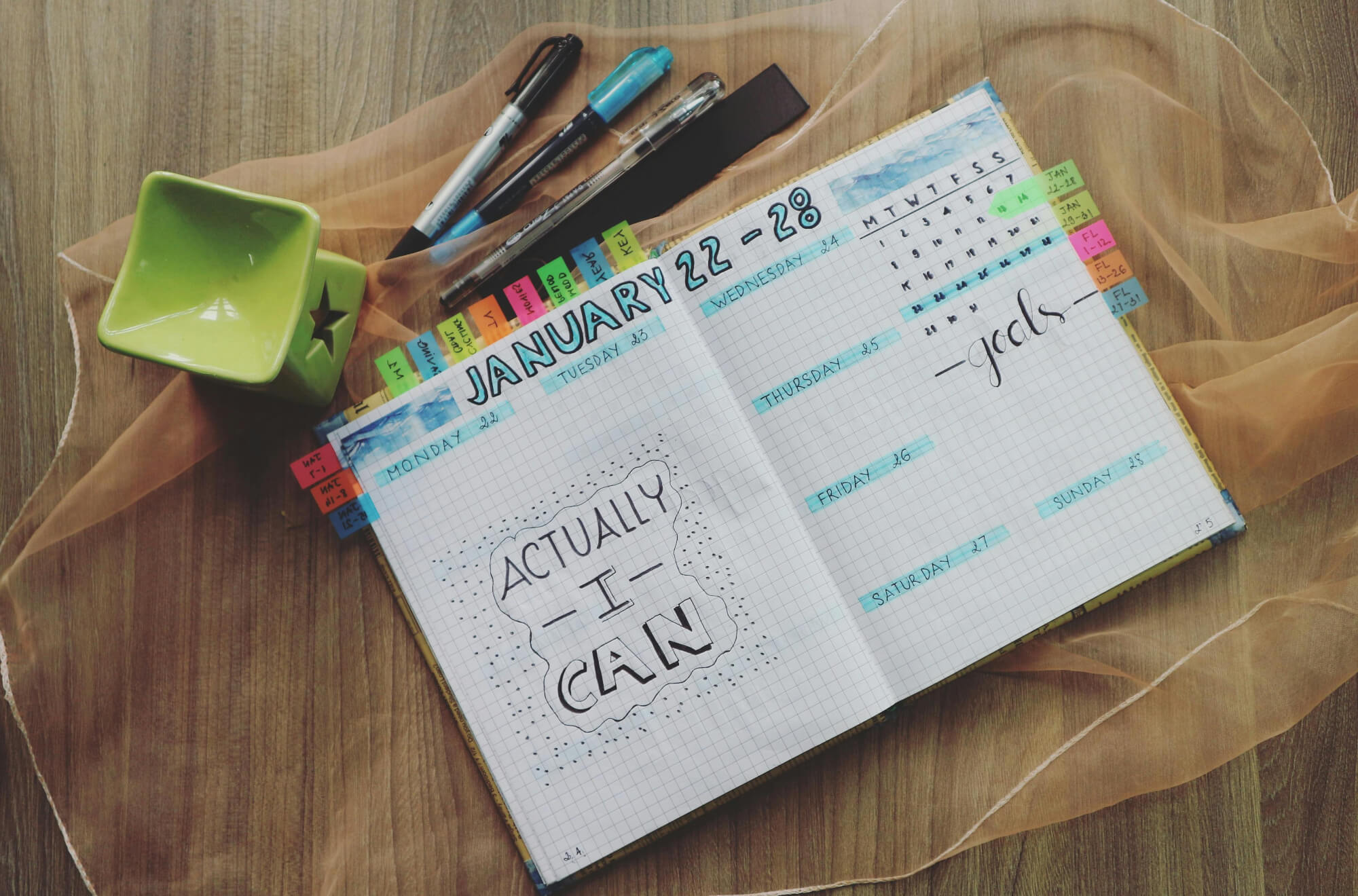Long before clocks and calendars were imported into Ireland, the ancient Irish had their own way of marking time—through nature, sun cycles, and the rhythm of the land. This system is known as the Gaelic calendar, and it shaped not just how time was measured, but how people lived, celebrated, and connected with the spiritual world.
The Gaelic calendar isn’t based on months like the Gregorian calendar. Instead, it divides the year into four main seasons, each beginning with a festival that reflects the changing world—planting, harvesting, light, dark, and the mysterious space in between. These ancient Celtic time markers still influence Irish culture today, especially through seasonal celebrations and modern-day revivals of traditional festivals.
The Four Seasons of the Gaelic Year
Unlike the standard January-through-December system, the Gaelic year is structured around natural cycles. Each season begins with a major fire festival that welcomes a new phase of life and light.
1. Samhain (November 1st) – The Beginning of Winter
Samhain marks the end of the harvest and the start of winter. It’s often considered the Celtic New Year, when the boundary between the living and spirit worlds grows thin. This is where modern Halloween comes from. Traditionally, Samhain was a time to honor ancestors, tell stories, and prepare for the dark season ahead.
2. Imbolc (February 1st) – The Beginning of Spring
Associated with Brigid, the goddess (and later saint) of fertility, healing, and poetry, Imbolc celebrates the first signs of life returning to the earth—lambs being born, snowdrops blooming, longer days. It’s a hopeful, quiet festival focused on renewal and inspiration.
3. Bealtaine (May 1st) – The Beginning of Summer
Bealtaine welcomes the light half of the year. Bonfires were lit across hilltops to protect cattle, crops, and communities. As one of the most joyful and energetic festivals of the Gaelic calendar, it’s all about fertility, growth, and vibrant connection with nature. The Maypole and other spring rituals trace back to this time.
4. Lughnasadh (August 1st) – The Beginning of Autumn
Named after the god Lugh, this is the festival of the first harvest. Communities gathered to celebrate abundance with games, storytelling, feasting, and fairs. It was both a religious and social highlight of the year. Today, the Irish word for August—Lúnasa—still reflects this ancient root.
A Year Guided by Nature and Spirit
What makes the Gaelic calendar so unique is that it doesn’t just count days—it reflects a worldview. Time wasn’t measured in numbers but in cycles, guided by the sun, stars, animal behavior, and seasonal change. The calendar reflects a deeply earth-centered and spiritual way of living, where each point in the year had not only practical but mystical significance.
For example, the cross-quarter days (the fire festivals) fall between solstices and equinoxes, forming a perfect wheel of the year. This sacred wheel was not only used in Ireland but across other Celtic lands like Scotland and the Isle of Man, showing a shared ancient cultural rhythm.
Gaelic Names of the Months
While the ancient Irish focused more on seasonal festivals than individual months, modern Irish still reflects Gaelic heritage in how months are named. Here are a few examples:
- Eanáir (January)
- Feabhra (February)
- Márta (March)
- Aibreán (April)
- Bealtaine (May) – direct link to the festival
- Lúnasa (August) – from Lughnasadh
- Samhain is still used in reference to the October/November transition, especially culturally.
You can learn more about how to say the months in Irish with our guide to counting in Irish, which includes practical language tips for dates, days, and numbers.
The Revival of the Gaelic Calendar Today
In recent years, there’s been a powerful resurgence of interest in Celtic spirituality and the Gaelic calendar. Many Irish people—and global learners—celebrate Samhain, Imbolc, Bealtaine, and Lughnasadh with rituals, music, and seasonal observances.
Schools teach about the Celtic festivals. Communities host fire ceremonies. And people are once again tuning in to the quiet wisdom of the old ways—planting with the moon, gathering by the seasons, and aligning their lives to a deeper rhythm.
Learning Irish doesn’t just mean learning vocabulary. It means learning a way of seeing time, nature, and connection to the land. Understanding the Gaelic calendar brings you closer to that worldview.
Want to Learn More About Irish Through the Seasons?
If the Gaelic calendar inspires you, why not explore the Irish language alongside it? With Gaeilgeoir AI, you can immerse yourself in seasonal vocabulary, cultural expressions, and conversational Irish tied to festivals and nature.
Sign up for a free 3-day trial and discover how AI-powered learning tools can help you learn Irish in context—with the rhythm of the seasons, not just grammar rules.
You’ll get:
- Beginner-friendly lessons
- Interactive flashcards
- Festival vocabulary packs
- Daily Irish practice rooted in culture
👉 Start your free trial here and step into the language of the land.
More Cultural Irish Guides
Want to dive deeper into Irish tradition and language? Check out these next:
- Exploring Seanfhocail: Irish Proverbs
- Irish Language Greetings and Phrases
- Cool Irish Words with No English Equivalent
- Learn Irish Language History & Hedge Schools
Final Thoughts
The Gaelic calendar is more than a way of tracking time—it’s a legacy of how our ancestors lived in tune with the earth, marked the seasons with ceremony, and honored each phase of life with meaning. Whether you’re learning Irish, connecting with heritage, or just craving a slower, more intentional rhythm to your year, the wisdom of the Gaelic calendar is ready to guide you.
So light a candle on Imbolc, walk through the woods at Samhain, greet the sunrise on Bealtaine, and give thanks for the harvest on Lughnasadh—and may the language and spirit of Ireland walk with you through each season.
Go n-éirí an bóthar leat – May the road rise with you.











